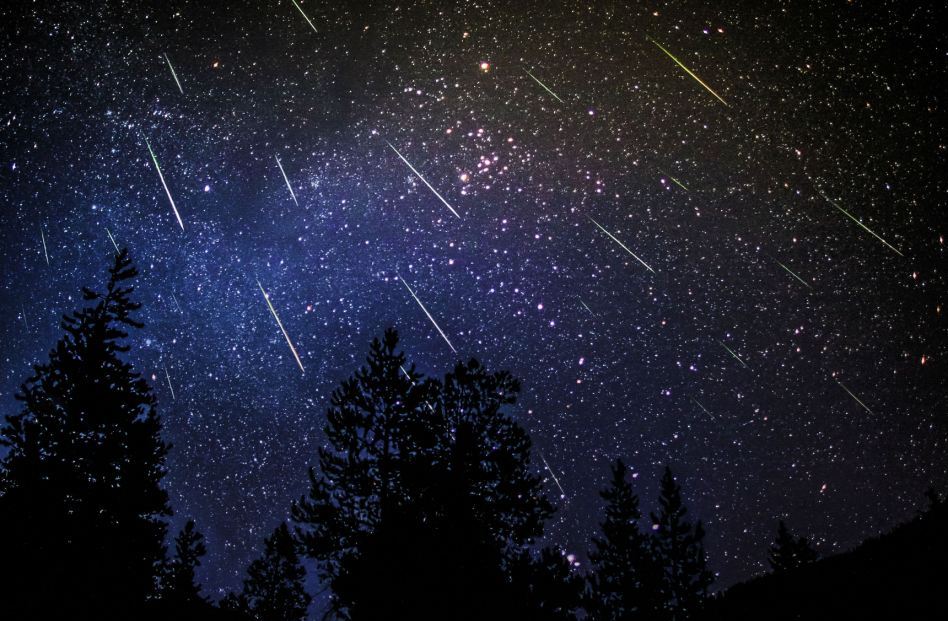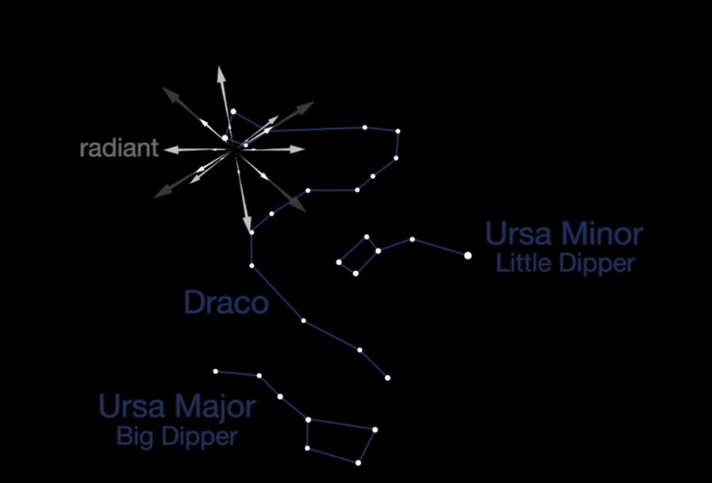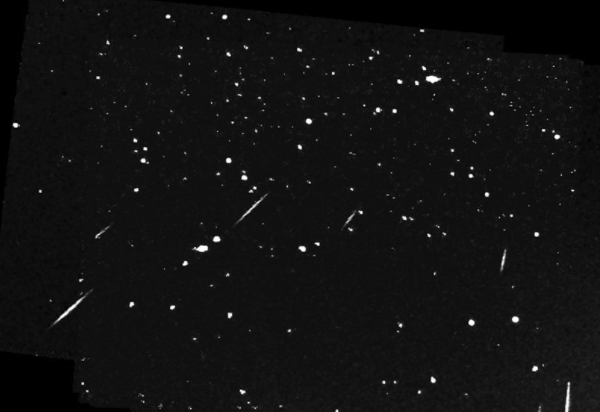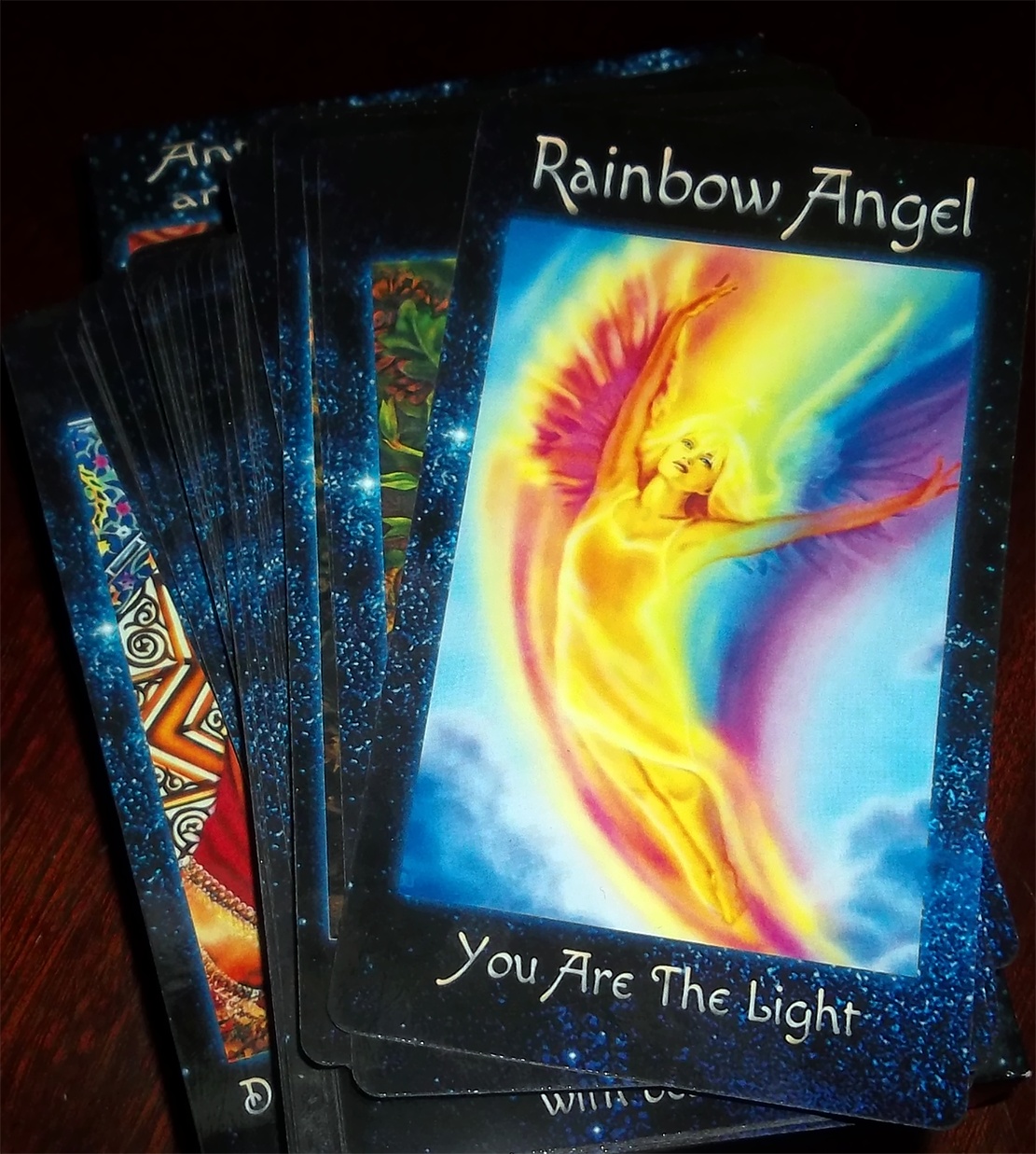Cosmic Showers: A Guide to the Draconid Meteor Display of 2024
- Details
- Written by And-El
- Views: 1852

The Draconid meteor shower will be active from October 6 to October 10, 2024, with meteors reaching their peak around October 8-9. At around 21:00 EDT on October 8, 2024, the shower is expected to reach its peak activity.
The Draconid shower is active between October 6 and 10. As noted, the best evening to watch is likely October 8; consider watching on the evenings of October 7 and 9 as well. This shower is unique because you don’t need to stay up late; you can start watching right at nightfall. For the best experience, find a dark, open, country sky. The 2024 Draconid meteor shower is expected to be visible from the northern hemisphere, including the United States. However, the shower’s visibility might be affected by the moon’s phase and the observer’s location.
October’s Draconid meteor shower – sometimes called the Giacobinids – is on its way. Typically, this event is subdued, offering no more than five meteors per hour. However, there have been historical exceptions where the shower has erupted into spectacular displays, like in 1933 and 1946, and more recently in 2011 when European observers witnessed over 600 meteors per hour.

What are the Draconids?
Like other meteor showers, the Draconids result from Earth passing through the debris left by a comet, in this case, comet Giacobini-Zinner, which has an orbital period of 6.6 years. As Earth encounters this debris, bits of rock and dust ignite in our atmosphere, creating the phenomenon we see as shooting stars.
-
Origin: The shower originates from the debris left by the comet 21P/Giacobini-Zinner. This comet has an orbital period of about 6.6 years, and when Earth passes through the comet's debris trail, the fragments enter our atmosphere at high speed, burning up and creating streaks of light known as meteors or "shooting stars."
-
Radiant Point: The meteors appear to come from a point in the constellation Draco the Dragon, hence the name Draconids. This radiant point is why the best time to view the Draconids is in the early evening rather than the early morning hours like many other meteor showers; this is when Draco is higher in the sky.
-
Peak Activity: The peak of the Draconid meteor shower typically occurs around October 8 or 9, although the shower is active from approximately October 6 to 10. Unlike many showers, you don't need to wait for the middle of the night to see them; they are best viewed right after nightfall.
-
Intensity: The Draconids are known for their variability. Most years, they produce a modest display, with only a few meteors visible per hour under optimal conditions. However, in certain years, they've been known to produce spectacular displays or "meteor storms," where hundreds or even thousands of meteors per hour can be observed. These outbursts are not easily predictable but are associated with the comet's recent passages close to Earth.

Frequency of Meteors:
While the Draconids are generally quiet, they occasionally surprise with significant activity or 'outbursts', although no such outburst is predicted for 2024. In past years like 2012, observers reported up to 1,000 meteors per hour.
Where to View the Draconids:
For the best viewing experience of the Draconids, head as far north as you can; places like Scotland, Canada, and parts of northern Russia are ideal. To enjoy the show:
- Avoid Light Pollution: Get away from city lights to a dark spot where the sky is clear and open.
- No Special Equipment Needed: The meteors can appear anywhere in the sky, so no telescopes or binoculars are necessary, though a reclining chair or sleeping bag might make your watch more comfortable.
- Dress Warmly: October nights can be chilly, so wrap up to stay comfortable while you gaze at the sky.
Cultural Impact:
Meteor showers often have cultural significance in various traditions around the world, where they might be seen as omens, markers of time, or simply as events of celestial wonder.
While the Draconids might not be as famous as the Perseids or Geminids due to their variability, they offer a unique viewing opportunity because of their evening visibility and the potential for unexpected high activity, making them a fascinating event for both amateur stargazers and professional astronomers.
Remember, even if the Draconids are typically subtle, the possibility of an unexpected outburst always adds an element of excitement to this celestial event.
Liked this article? Dive deeper into personal growth and wellness! Check out CrystalWind.ca for spiritual wisdom or explore AromaWorx.ca for natural well-being tips. Spread the positivity—share this with friends on their happiness journey!
Let’s Chat! Drop Your Thoughts Below! ![]()
Latest Articles
Dive into the Mystical World of the Crystal Wind Oracle Deck!
Get All the Enchanting Details Now!
NEW Expanded Boxed Edition!
Now with 58 Cards for Richer Wisdom!

Imagine a world of inspiration and healing, free for all—made possible by YOU!
Donate Now—Ignite the Magic at CrystalWind.ca!

Epilepsy - Finding A Cure
Your donation can make a difference!
Help us find a cure – donate now!
Unlock Your Light: Join Lightworkers Worldwide on CrystalWind.ca!
Articles: The Founders
Articles: Cosmic Neighbours
Articles: Galactic History
Follow Us!
Featured This Month
Peridot: The Healer's Stone
Peridot has been used as a Power Stone for centuries. Peridot fosters emotio... Read more
Watermelon Tourmaline
Synonym: Rainbow Tourmaline The watermelon tourmaline is a rare variety t... Read more
Mabon in Modern Times: Fresh Takes on the Au…
The Mabon season begins somewhere around the 21st-22nd of September and cont... Read more
The Vine: September 2nd - September 29th
The Autumnal Equinox ( Alban Elfed ) Celtic Symbol : The White Swan Read more
Sun in Virgo
An Overview of Sun Sign Characteristics for Virgo Virgo is guided by Mercur... Read more
Crystals for Virgo
As the warmth of summer begins to soften into the crispness of autumn, the Sun... Read more
Mabon Magic: Ideas For Fall Decoration And R…
Welcome (almost!) to Fall! We’re turning the Great Wheel once again, toward ... Read more
Virgo Mythology
The Virgo Myth In all of constellation mythology, few legends are as misund... Read more
Sweet Violet
Sweet Violet Faithfulness and modesty. “I will always be true to you.” Helps... Read more













































